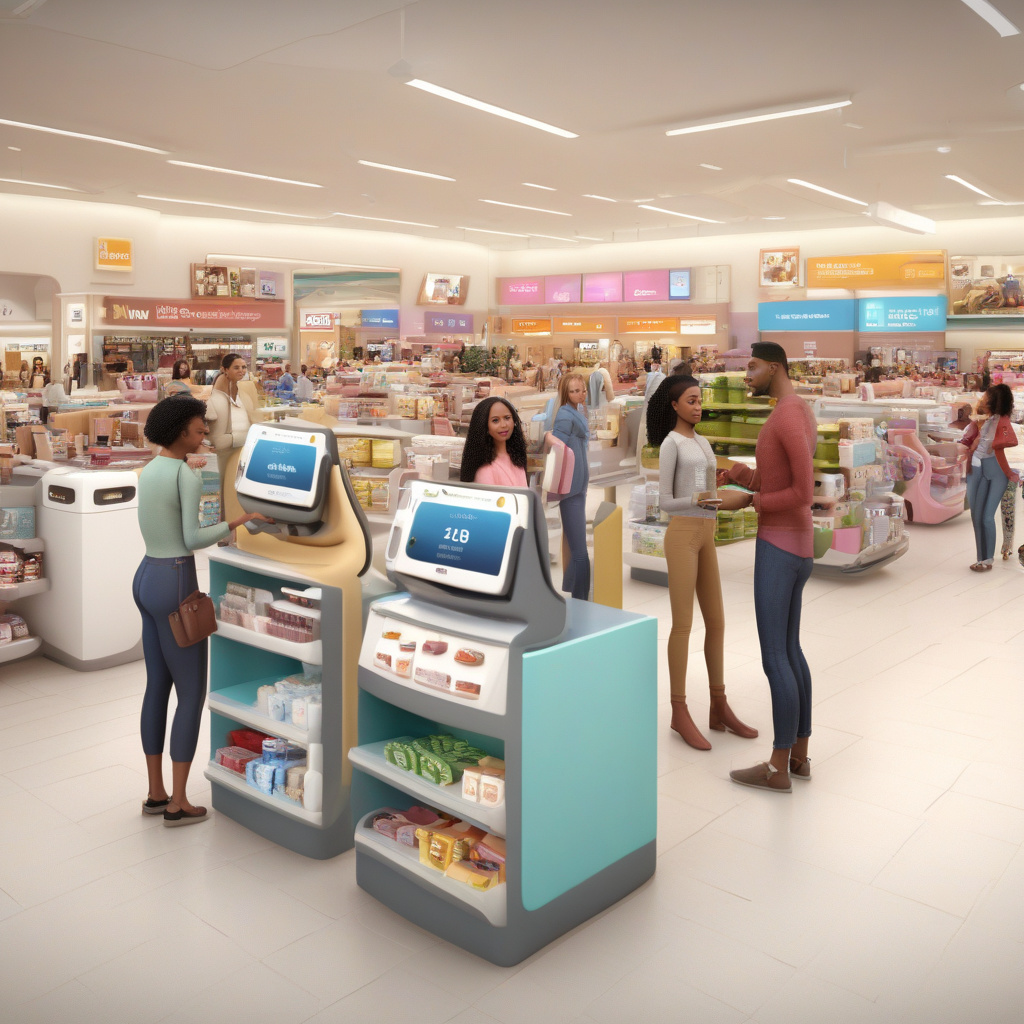3D Secure – Driving Adoption for U.S. Retail
In an increasingly digital marketplace, security remains a top concern for both consumers and retailers. The rise in online shopping, accelerated by the pandemic, has brought a surge in fraudulent transactions, prompting retailers to seek robust solutions to protect their customers. One such solution gaining traction is 3D Secure (3DS), an additional layer of authentication designed to enhance the security of online card transactions. Large retailers in the U.S. are now prioritizing the adoption of 3D Secure to bolster their payment processes and instill consumer confidence.
3D Secure works by adding an extra step during the checkout process, where the cardholder must authenticate their identity. This can be achieved through various methods, such as entering a password, a one-time passcode sent via SMS, or biometric verification like fingerprint recognition. According to a recent report, the implementation of 3D Secure can significantly reduce fraudulent transactions, with some retailers reporting up to a 70% decrease in chargebacks after adopting the technology.
For retailers, the benefits of 3D Secure extend beyond fraud prevention. It also enhances the customer experience by providing a sense of security during online transactions. When customers know that their payment information is safeguarded, they are more likely to complete their purchases. A study by the National Retail Federation revealed that 67% of consumers would be more likely to shop at a retailer that offers enhanced security measures like 3D Secure. This statistic highlights the direct correlation between security features and consumer trust, ultimately leading to increased sales and customer loyalty.
However, the adoption of 3D Secure is not without its challenges. Some retailers express concerns about potential friction during the checkout process, which could deter customers from completing their transactions. The key to overcoming this hurdle lies in the implementation of a seamless user experience. Modern versions of 3D Secure, such as 3DS 2.0, have been designed with this in mind. They allow for smoother interactions that can be tailored to individual customer profiles, reducing the likelihood of unnecessary authentication steps for trusted customers.
Additionally, 3D Secure can be particularly advantageous for mobile commerce, a segment that has seen exponential growth in recent years. As more consumers turn to their smartphones to make purchases, the need for a secure and efficient payment process becomes paramount. Integrating 3D Secure into mobile applications not only helps mitigate fraud but also aligns with the expectations of tech-savvy consumers who prioritize security in their online shopping experiences.
The financial implications of adopting 3D Secure are also noteworthy. Retailers that implement this technology may benefit from lower interchange fees, as many card networks offer incentives for merchants that use enhanced security measures. This can lead to cost savings that, when combined with the reduction in fraud-related expenses, can positively impact a retailer’s bottom line.
Despite these advantages, the road to widespread adoption of 3D Secure in the U.S. retail sector is still evolving. Education and awareness play crucial roles in facilitating this transition. Retailers must be informed about the technology’s benefits and the potential return on investment. Collaborations between payment processors, banks, and merchants can foster an environment where knowledge-sharing leads to a more unified approach to security.
Moreover, as regulatory standards surrounding online payments continue to evolve, retailers must stay ahead of the curve. Compliance with regulations such as the Payment Services Directive (PSD2) in Europe emphasizes the importance of strong customer authentication, a principle that 3D Secure embodies. As similar regulations emerge in the U.S., retailers that have already adopted 3D Secure will be well-positioned to meet these requirements without significant operational overhauls.
In conclusion, the drive towards adopting 3D Secure in U.S. retail is not just a trend; it is a necessary step towards creating a safer online shopping environment. By integrating this technology into their payment processes, retailers can protect their customers, enhance user experiences, and ultimately drive sales. As the retail landscape continues to evolve, embracing robust security measures like 3D Secure will be essential in building consumer trust and ensuring long-term success.
#3DSecure #RetailSecurity #OnlinePayments #FraudPrevention #CustomerExperience
